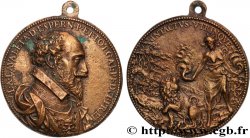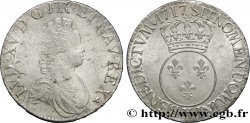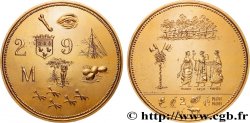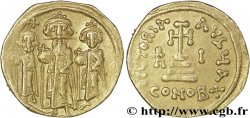Live auction - bry_400157 - HENRY IV Demi-écu d'or au soleil, 1er type 1607 Paris
Чтобы принять участие в торгах, вы должны войти в систему и стать подтвержденным участником аукциона. Войдите, чтобы сделать ставку. Ваш аккаунт будет подтвержден в течение 48 часов. Не ждите до закрытия торгов, чтобы зарегистрироваться.Сделав ставку на данный товар, вы вступаете в юридическое соглашение на покупку выбранного товара и нажатием кнопки «Сделать ставку» подтверждаете принятие вами условий интернет-аукционов cgb.fr.
Ставка может бить сделана только в полном эквиваленте евро. Торги закроются согласно времени, указанному в описании товара, все ставки, сделанные после закрытия торгов, учитываться не будут. Не следует откладывать предложение вашей ставки до последнего момента, так как система может не успеть обработать вашу заявку, и ваша ставка не будет принята. Более детальную информацию вы найдёте здесь: FAQ по интернет-аукционам.
Все ставки победителей подлежат комиссии 18%.
Все ставки победителей подлежат комиссии 18%.
| Оценить : | 10 000 € |
| Цена : | 5 000 € |
| Максимальная предлагаемая цена : | 6 777 € |
| Конец торгов : | 27 September 2016 16:21:18 |
| Участников : | 1 Участников |
Тип Demi-écu d'or au soleil, 1er type
Дата: 1607
Монетный двор / Город: Paris
Количество отчеканенных монет: 11900
Металл: gold
Проба: 958 ‰
Диаметр: 21,5 mm
Ориентация осей монеты: 4 h.
Вес: 1,67 g.
Редкость: R3
Комментарии о состоянии
Cet exemplaire est frappé sur un flan large laissant apparaître une bonne partie des grènetis extérieurs. Flan légèrement voilé. Trace de pliure à droite de l’écu de France
Ссылки в каталоге: :
Происхождение:
Exemplaire provenant de la collection L.G.
Лицевая сторона
Аверс: легенда: HENRICVS. IIII. D. G. FRAN. ET[. N]A. REX. - (TRÈFLE), (LÉGENDE COMMENÇANT À 6 HEURES).
Аверс: описание: Écu de France couronné surmonté d'un soleil ; lettre d'atelier à la pointe de l'écu.
Аверс: перевод: (Henri III, par la grâce de Dieu, roi de France et de Navarre).
Обратная сторона
Реверс: легенда: + XPS. REGNAT. VINCIT. ET. IMPERAT. 1607.
Реверс: Описание: Croix anillée, fleurdelisée ; lettre d’atelier en cœur.
Реверс: перевод: (Le Christ règne, vainc et commande).
Комментарий
Type rare et recherché. Exemplaire issu du même coin de revers que l’exemplaire de la collection Claoué (vente Crédit de la Bourse, 26-28 avril 1993, n° 585). Les chiffres de frappe et de mise en boîte sont exprimés en écus et comprennent à la fois des écus (Sb.4952) et des demi-écus au même type (Sb.4954).







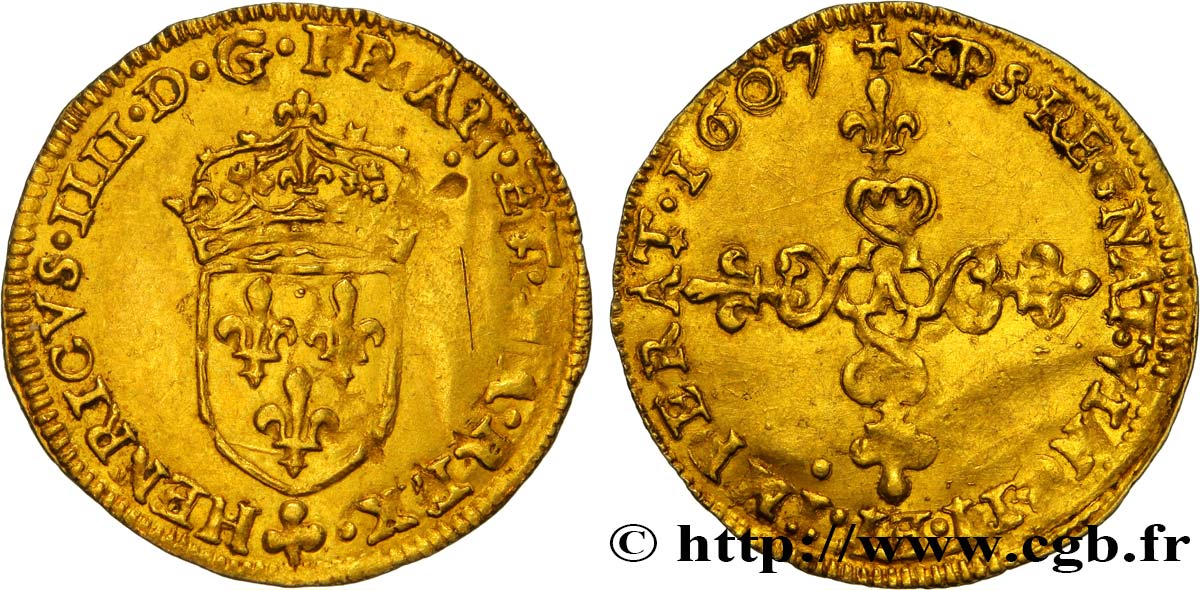
 Cообщить об ошибке
Cообщить об ошибке Распечатать страницу
Распечатать страницу Отправить мой выбор
Отправить мой выбор Задать вопрос
Задать вопрос Consign / sell
Consign / sell
 Информация
Информация